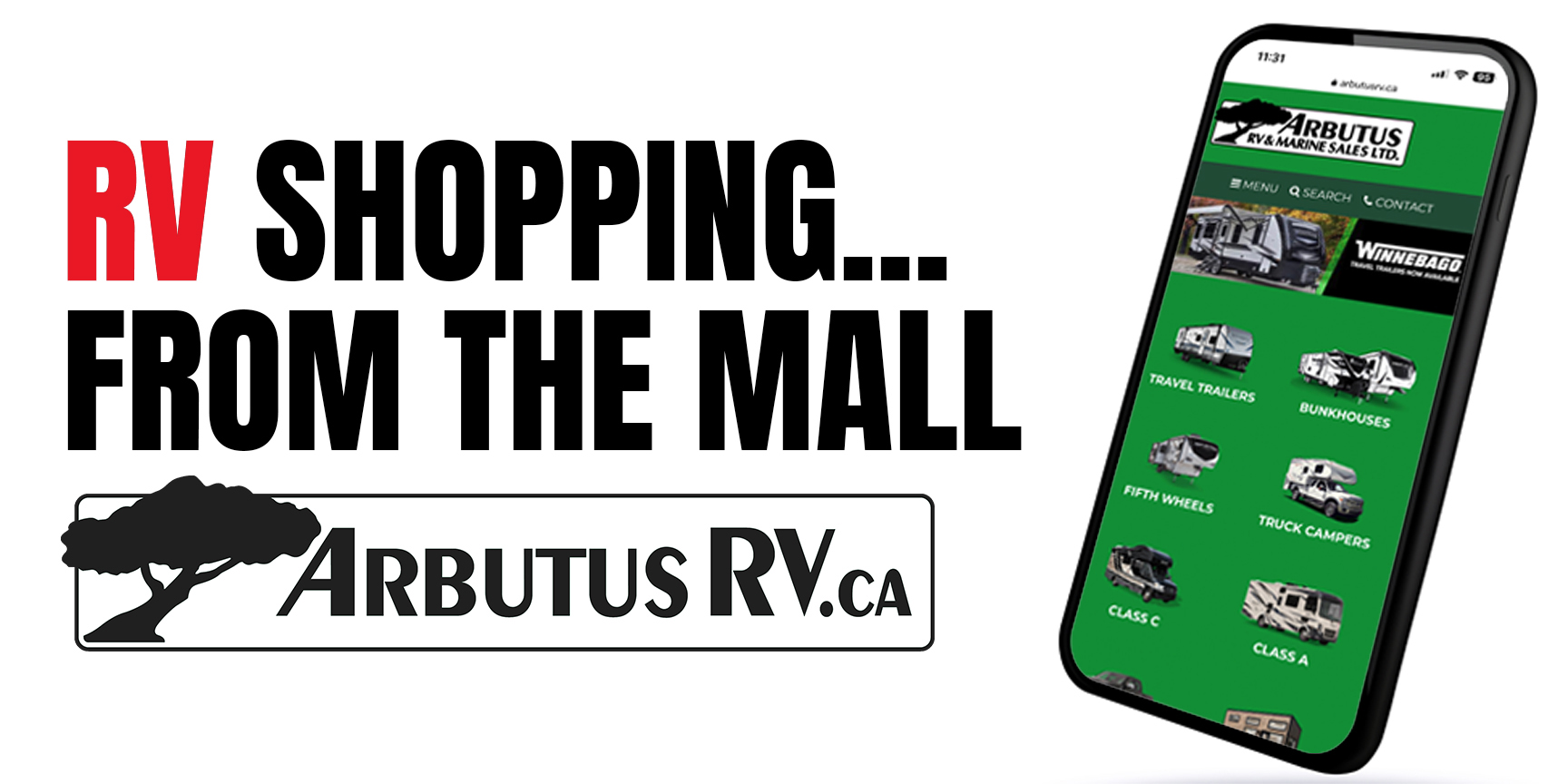We have just finished six weeks of our trip and we are now just starting Nova Scotia. That means about 80% of our first leg across Canada is completed. We still have most of Nova Scotia and Newfoundland to go before heading back to British Columbia on a different route to the first crossing of he country. We started this trip on Vancouver Island after collecting our 30 year old motorhome we bought online (ed note: the RV was purchased, sight unseen, with the help of the team at Arbutus RV Port Alberni). We affectionally call our vehicle the ‘Queen Mary’ as she is 29 feet long with lot of creature comforts and is a very gracious old girl – she was obviously quite stylish in her day but now we get looks from all those driving modern bus-like motorhomes with numerous slide-outs, a car or boat plus motorcycle and bicycles all hooked on. However, we are very happy and we have now travelled 10,000 kms along highways and by-ways and she hasn’t missed a beat. And that is saying something as Canada has some of the worst roads you are likely to encounter outside of a third world country!
Mary & Richard
And what have we been doing? I’ve just made myself a brief list of some of the many things we have been up to:
- Visiting museums and historical sites in cities and towns across the upper half of most of the provinces on just about everything including The Museum of Canada, the War Museum, community museums and ones on specific interests including farming, fishing, potatoes (yes, Prince Edward Island is proud of its contributions in this area), timber, shipbuilding, immigrant groups such as the Ukrainian, Chinese, Finish (and one we didn’t visit on Icelandic immigrants), Gaelic and English groups, LM Montgomery and her famous Anne of Green Gables and so much more. Memorable was the visit to the museum/memorial to the ‘Empress of Ireland’ sinking in the St. Lawrence River just before WW1 (it is worth looking up as it was an awlful tragedy unknown to most of us). We’ve visited towns and cities by foot or day tours. We’ve seen more quaint townships, old churches, galleries and lighthouses than most see in a lifetime!
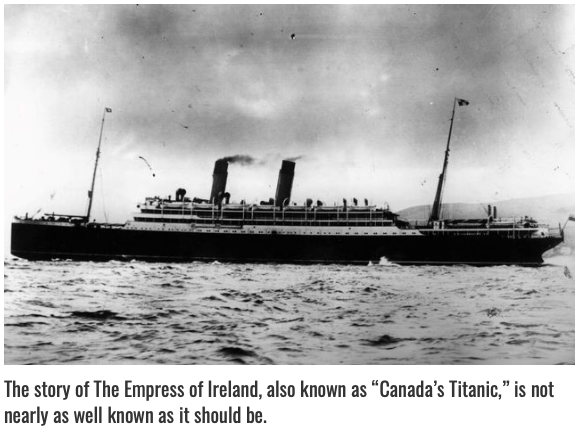
- We have watched musical events and street performers – the Mackinnon Family Ceilidh was memorable but for all the wrong reasons. You’ll need to ask us about this event as I can’t possibly describe it in all its glory!! Suffice to say, the two Ronnies would have enjoyed this effort.
- We have taken a particular interest in knowing more about the First Nations peoples as we travel -Cree, Blackfoot, Mohawk, Souix, Iroquois, Mi’k–maq (pron. Mic–mac who live in the east along the coast and Maritimes) and especially about the current issues facing these groups. As you travel across he country you can see successful and disadvantaged communities and listening to the news etc you can appreciate that many issues are similiar to our aboriginal groups. Many groups have treaties signed many many years ago and there is still much dissatisfaction about the unequal outcomes. Some parts of Canada are not covered by treaties and this is also causing angst. Many issues are similar to those in Australia. On a positive note we have been to several First Nations cultural centres to learn something of their history and way of life and their efforts to keep their cultures alive. I am also a tiny bit smarter. I now know about differences between wigwams and tipees, bear, beaver or moose trapping, preserving food for winter, pow-wows, residential schools and a whole host of other things.
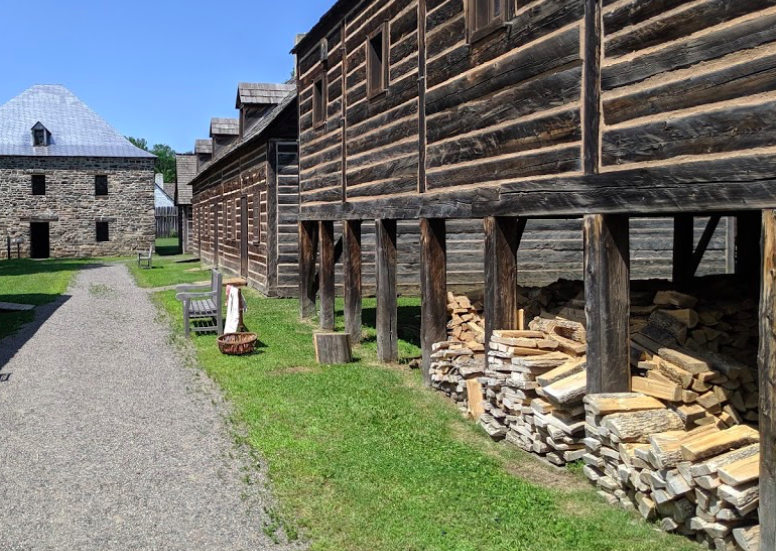
- We have enjoyed learning about the fur trade of the 17th, 118th and 19th centuries and the incredible effort involved in establishing successful trade routes from the east of the country to the west; in bringing trade goods from Europe and elsewhere and trading this with fur traders, settlers and the First Nations (Indians) peoples. We have visited some of these trading posts at such places as Rocky Mountain House in Alberta, Lower Fort Garry in Manitoba and Fort William in Thunder Bay Ontario and have marveled at the effort involved in travelling from Montreal or Hudson Bay via river, lake and portage (of up to 20 kms) to get to these trading posts. It has also been interesting to learn about the Metis (people primarily of French/Indian or British/Indian mix) who were known officially by the government as ‘half breeds’. These people have also suffered discrimination and disadvantage over time but are now visible with their stories and claims.
- That has lead us into learning more about early law and order and conflicts. We have visited numerous forts, garrisons and citadels which relate to Indian (First Nations) and Metis unrest, such as Fort Battleford and Batoche historical sites which were signifigant in the Northwest Rebellion in 1885. Once we moved eastwards we started to learn about French/English conflicts and British/American conflicts. In the Maritime Provinces and Quebec there is a lot of history involved. The story of the Acadians (decendants of early French settlers) being removed from Nova Scotia and subsequent settlement across other provinces, USA and elsewhere has been interesting for us and we have been to numerous musems and centres to learn more. Today many of the decendents live in communities across Eastern Canada and are very noticeable by their Acadian flag (blue, white, red with a gold star) displayed everywhere – in fact in some communities the only Canadian flag you see is on the post office or some other federal building. French is also the spoken language in these communities.
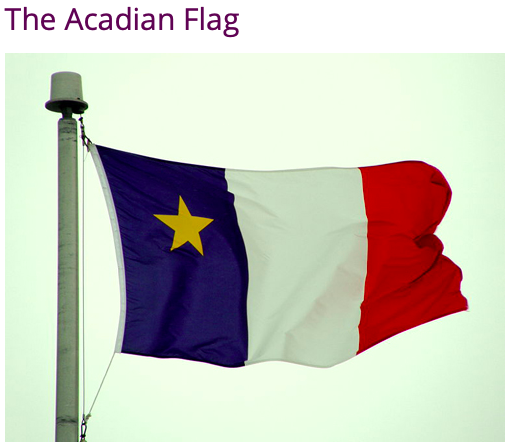
- Other things that have been of interest include farming techniques (most farms seem so small compared to Australia and animals kept in barns or feedlots. Now that the weather is better these herds, usually <30 beasts, are outside but still confined near the barns. Hay and stockfeed is being grown, harvested and stored in the barn lofts or silos. It looks like hobby-farming but I know it is not. House styles across the country also vary considerably -I particularly like the old houses in Quebec inspired by their French provincial heritage coupled with the old European style of land division of long narrow blocks with everyone getting access to the river or road. Across many, many communities the Catholic religion prevails – French, Irish, Scottish, Ukrainian etc – and the church is the dominant building in the towns. And every cemetery is beautifully kept.
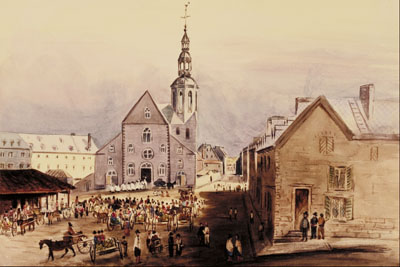
- We have enjoyed experiencing the ever-changing landscape from west coast to east coast — mountains, rivers, lakes, grain country, dense forests and rolling farm lands. It seems like a late Spring – hot, cold, wet, dry and gardens only now bursting into colour – the roadside luppins are just magnificent. Travelling along the St. Lawrence River and the Gaspe Peninsula in Quebec was a wonderful experience. Now we are experiencing little coves and rocky headlands as we travel in the Maritime provinces. Although we have driven through or stayed in many national parks, we have seen very little wildlife in our travels – backside of a moose and a couple of bears and deer. The birds flew south for the winter and forgot to return. … Hopefully we will do better in Cape Breton national park and in Newfoundland. And, of course, we have our whole return trip to come.

- We have enjoyed chatting with people as we travel and some have been very interesting, like the man who was drawing whilst on a bench in Ottawa. He told us he had been to Australia 49 times and we had to know why. Turns out he is the skipper on the Greenpeace boats, first Sea Shepherd and now the Steve Irwin. This is to be his final year as he is 78. He is also a darn good artist. Another fellow we met at the War Museum was the Canadian Military Attaché in Canberra and was back here with some senior Australian military “for military planning talks”. Others have been impressed by our roadtrip and wish it culd be them.

- Another fun and enlightening part of this trip has been delving into family history. There will be much more of this on the return leg but I have already seen my 3x Great Grandfather’s name on the Irish Memorial at the Grosse Ile historic site in the St. Lawrence River – he died at the quarantine station in1845, leaving his wife and three sons to start a life in Canada. At the War Museum in Ottawa we found history on the Battle for Hill 70 – one of the worst engagements for the Canadian forces in WW1 – and some infomation about a Great Uncle who died there in 1917. Another fun discovery has been a distant cousin was Miss Canada 1977! And we are stil to go to the Foster Memorial in Toronto and learn more about a first cousin (3x removed) who was a former mayor of Toronto and a Federal politician. ….
Some days later…
I am only now getting back to this email. We travelled along the north coast of Nova Scotia rather quickly in order to take advantage of good weather and visit Cape Breton National Park and drive along the famous Cabot Trail. The scenery is quite stunning but it is also white- knuckle ride in places. Parks Canada is culling moose in the park in conjunction with the Mi’k-Mac peoples as they have bred a little too well. Having said that, we still did not see any moose. Today we have been to the Alexander Graham Bell museum in Baddeck, a beautiful town on a large inland sea, I had never known about his work in aviation, hydrofoils, aids for the deaf and many other fields. His wealth from his invention of the telephone allowed his to persue many other interests. His holiday home in Baddeck became the centre of much of his work. The museum was one of the best we have visited.
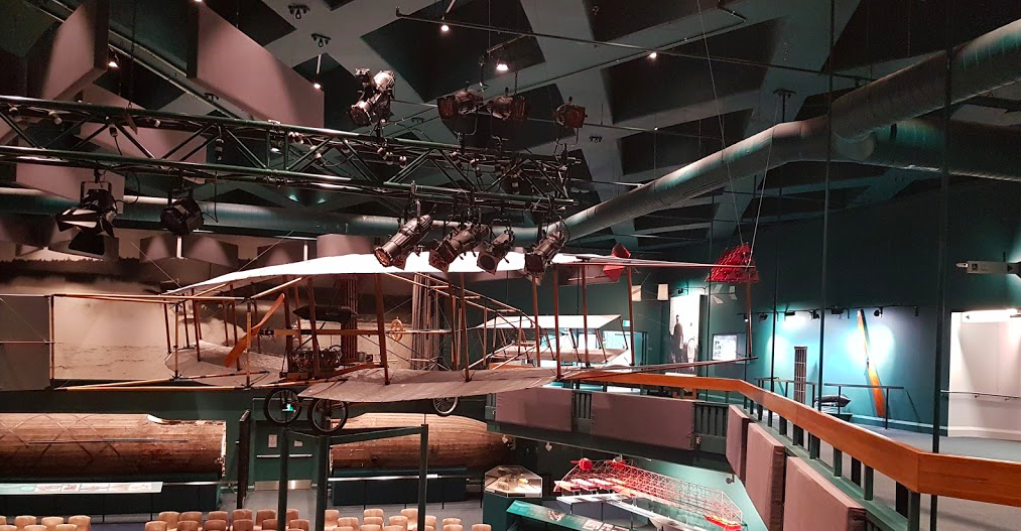
And now we are on the overnight ferry to Newfoundland – the final province before we turn westward. Tomorrow we shall be standing on the North Atlantic side of Canada. QUITE AN ACHIEVEMENT!!
Regards from the trvellers, Mary & Richard
